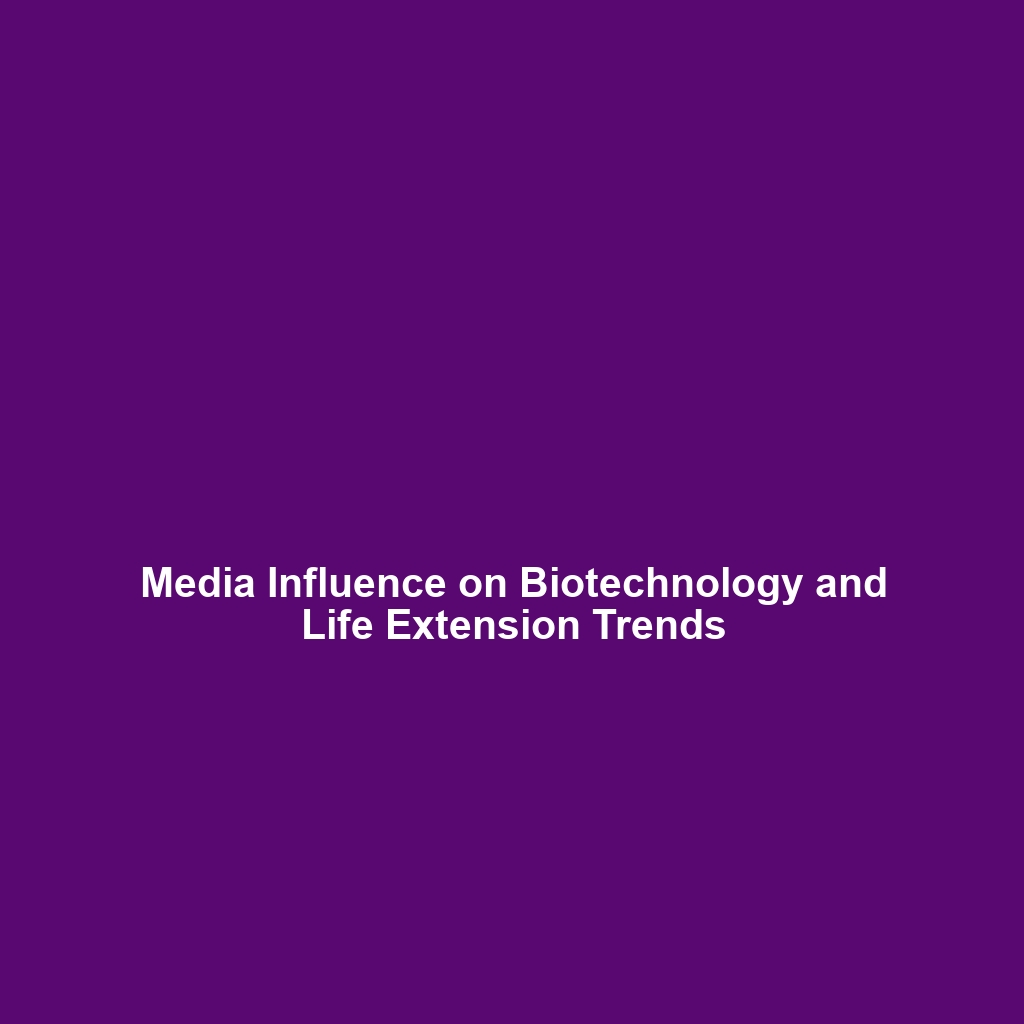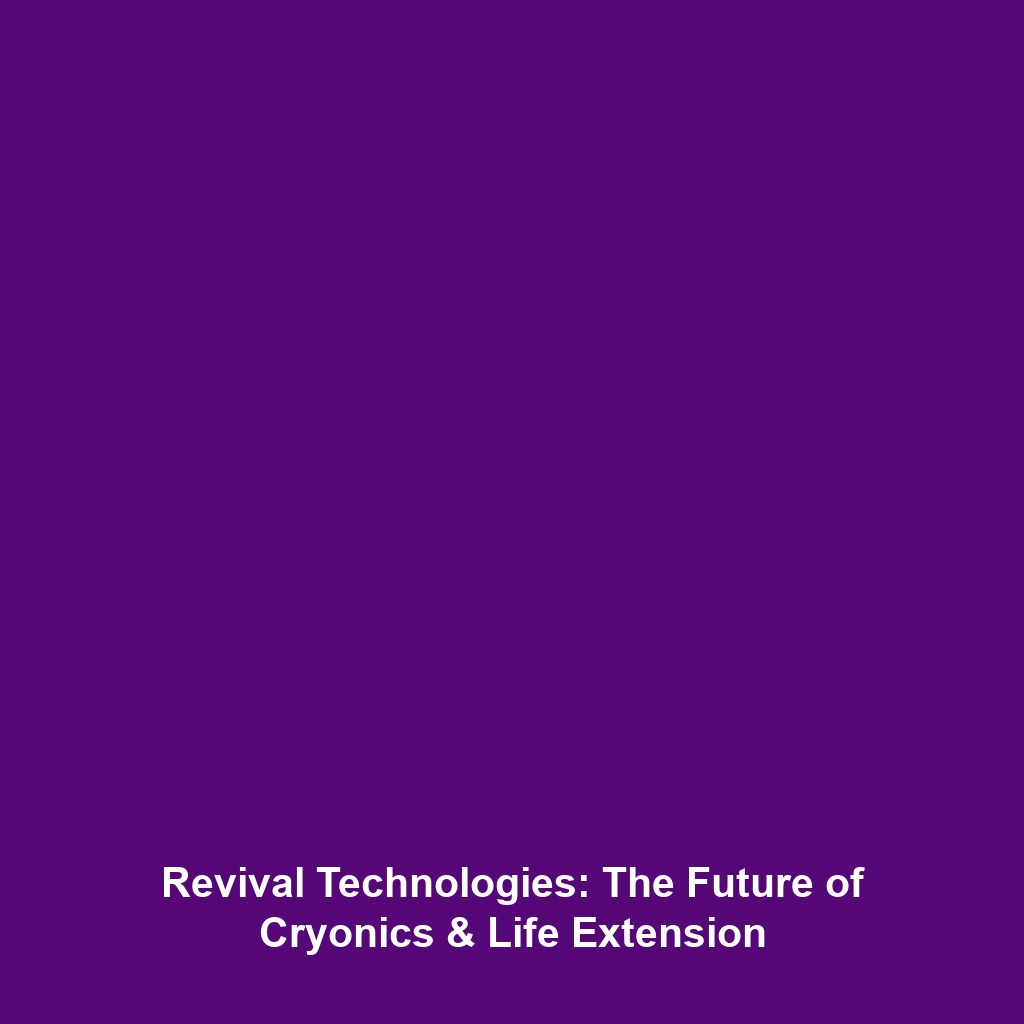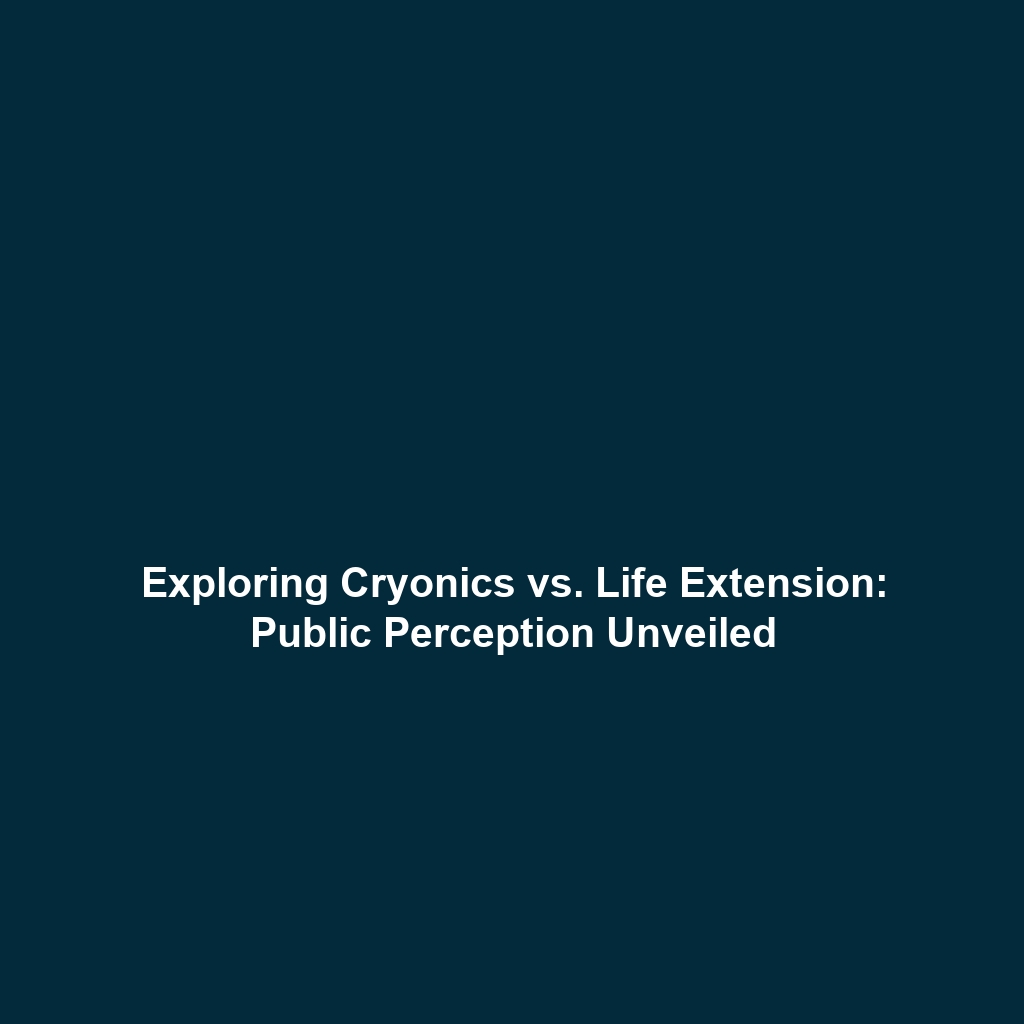Cost Concerns in Fusion Energy Research
Introduction
The quest for fusion energy as a sustainable and limitless energy source has gained significant momentum in recent decades. However, to secure public support, it is crucial to address the cost concerns associated with fusion research. Demonstrating the long-term economic viability and tangible benefits of this technology is paramount in gaining public trust and funding. As international investments in fusion energy ramp up, understanding the economic implications and opportunities becomes more significant than ever.
Key Concepts
Understanding Fusion Energy
Fusion energy is derived from the process that powers the sun, involving the combination of light atomic nuclei to form heavier nuclei, releasing vast amounts of energy in the process. Key concepts related to cost concerns in fusion research include:
- Energy Efficiency: The potential for fusion to provide a near-limitless source of clean energy.
- Cost of Investment: Evaluating the initial funding versus long-term outputs of fusion technology.
- Public Perception: The role of public understanding and trust in funding and research support.
Applications and Real-World Uses
Understanding how cost concerns relate to fusion energy is essential, particularly in envisaging its practical applications. Current research explores various pathways including:
- Power Generation: Fusion reactors could significantly reduce reliance on fossil fuels.
- Industrial Heat: Utilizing fusion technology in industrial applications to provide high-temperature heat for various processes.
- Space Exploration: Compact and efficient fusion reactors could provide energy for long-duration space missions.
Current Challenges
Despite the promise of fusion energy, there are notable challenges that hinder progress:
- Technological Limitations: Current technology has not yet achieved the necessary conditions for a net-energy gain.
- Funding Issues: Securing consistent funding remains a significant hurdle for large-scale projects.
- Public Skepticism: Overcoming skepticism about the long-term feasibility of fusion energy technology.
Future Research and Innovations
As research advances, several promising innovations may reshape the landscape of cost concerns in fusion energy:
- Advanced Materials: Developing better materials capable of withstanding extreme conditions in fusion reactors.
- Machine Learning: Utilizing AI to optimize fusion reactor operations and improve efficiency and reliability.
- International Collaborations: Increased global partnerships could drive innovations and reduce individual country burdens for research funding.
Conclusion
In summary, addressing cost concerns related to fusion research is crucial for garnering public support and achieving long-term success in the field of fusion energy. A concerted effort to demonstrate the economic viability and potential benefits of fusion technology can pave the way for a sustainable energy future. Stakeholders are encouraged to engage with ongoing discussions and research initiatives to support the advancement of this promising energy source. For more information on related topics, explore our articles on Economic Implications of Fusion and Advancements in Fusion Research.









